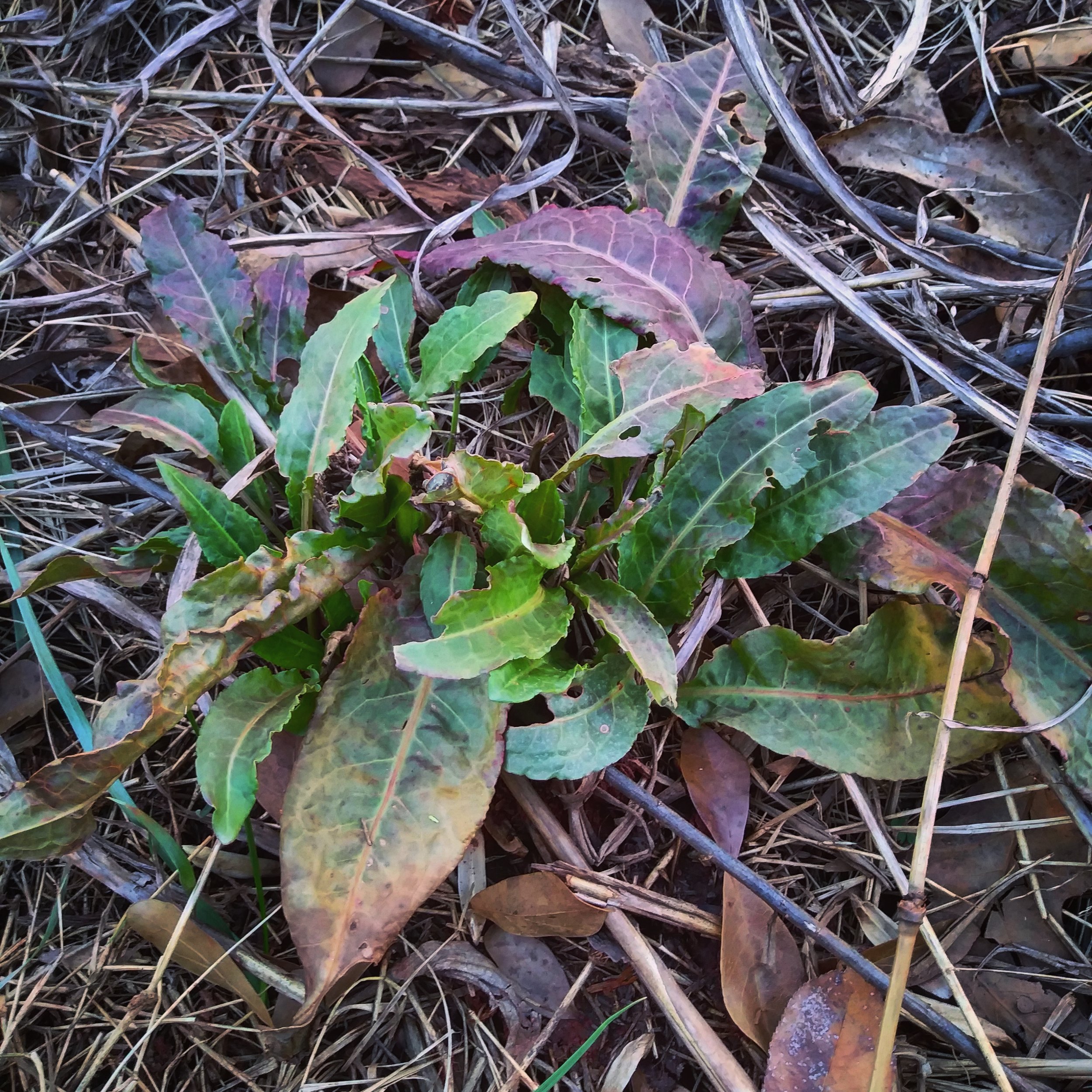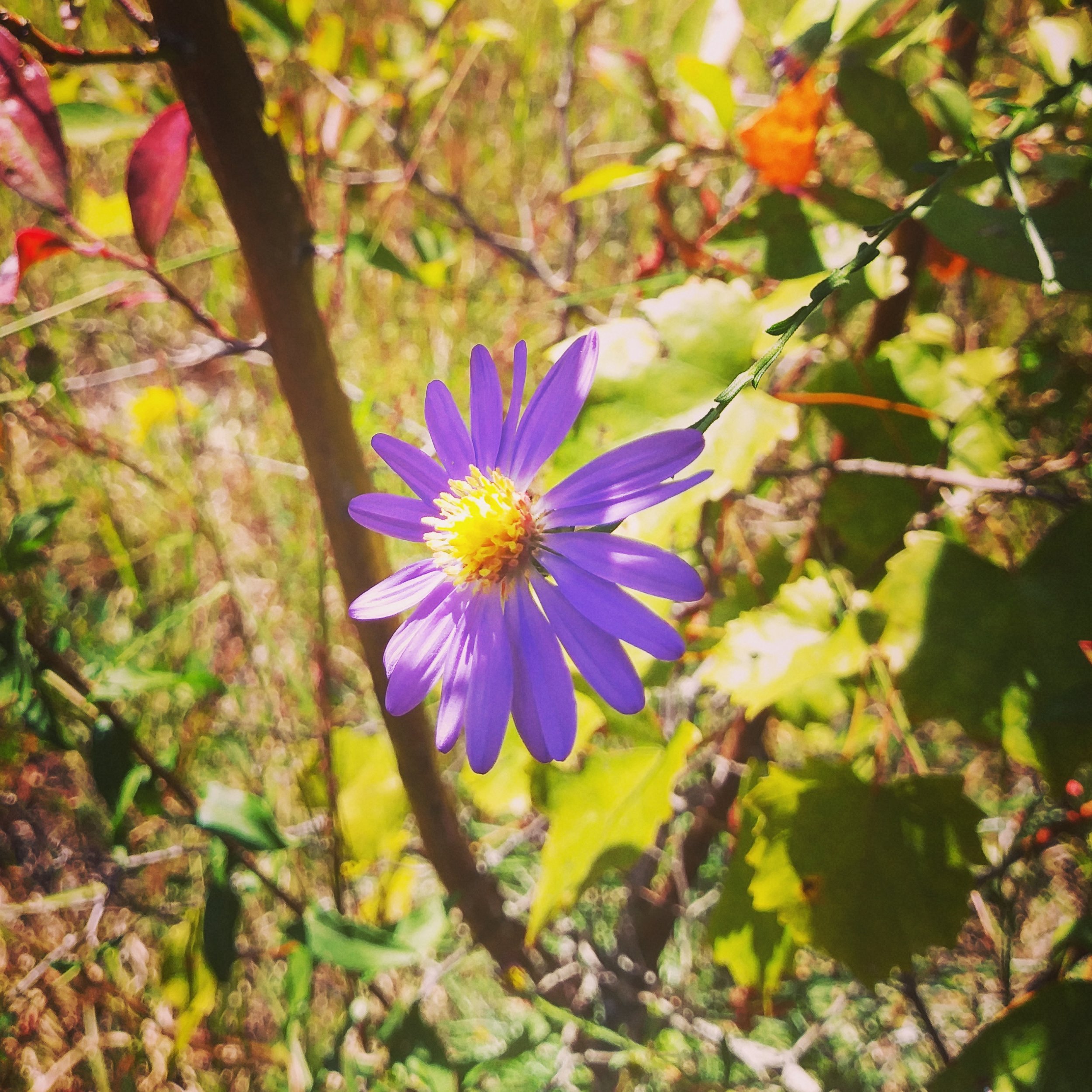“Vetch has fed humans for thousands of years. It’s been a forgotten companion to us that helped us leave the nomadic lifestyle of the stone age, settle down, and build civilizations. Although it’s rarely eaten in the modern era, you owe it to your ancient ancestors to give it a shot and eat it at least a time or two.”
Read moreWild Edible Wednesday 3/27 - Eastern Redbud
“Redbud seems to have taken root in the culture of whatever area it grows in. For most native tribes, the charcoal from redbud wood was the color of choice for their black war paint, which symbolized power and aggression.”
Read more#WildEdibleWednesday 6/20 - Bull Thistle
Most plants in the Aster family are beautiful, delicate, meadow flowers that are the kind of thing you’d pick for your lady friend or that an artist would paint a still life of. Not bull thistle. Oh, naw. It looks like it came straight out of Little Shop of Horrors, and if you don’t cut it down, it’ll break into song and try to eat Rick Moranis.
Read more#WildEdibleWednesday 6/6 - Henbit Deadnettle
So named because chickens absolutely love it, it’s very closely related to Purple Deadnettle from a few months ago, and the two can be used interchangeably. Consider it a 2-for-1 deadnettle deal: If you can learn how to use one, you know how to use the other by default.
Read more#WildEdibleWednesday 5/23 - Red Clover
“As medicine advances and more and more compounds are synthesized from natural sources, maybe it’s time we humbled ourselves and realized that the ancients knew what they were talking about.”.
Read more#WildEdibleWednesday 4/4 - Purple Dead Nettle
Although it sounds like an alt-metalcore band name (at least to me), purple dead nettle is another common “lawn weed” that you’ve probably walked by every day without knowing what it was.
Read more#WildEdibleWednesday 2/28 - Chickweed
"Chickweed is just another example of how the most valuable plants in your yard are probably the ones you’ve been trying to kill. Along with plantain, oxalis, lamb’s ear, burdock, dandelion, and many more, there’s a whole salad bar and pharmacy right outside your front door."
Read more#WildEdibleWednesday 1/24 - Wild Horseradish
"There is a compound called allyl isothiocyanate present in horseradish that is toxic to most bacteria, meaning that questionable or even outright spoiled meat could be cooked with horseradish and be considered reasonably safe to eat, and the pungent flavor would mask the taste."
Read more#WildEdibleWednesday 1/17 - Black Walnut
"Poachers will sneak onto a property in the middle of the night, cut down a walnut tree, and steal it... So if you have some of these trees on your property, our advice to you is to keep a good hold on your walnuts. Don’t want nobody touchin’ your walnuts without permission."
Read more#WildEdibleWednesday 1/10 - American Beech
Their bark is totally smooth – the only large tree in our area that doesn’t have textured bark when mature. This bark is a perfect canvas – look hard at any mature beech and you’ll probably see names, dates, hearts, and initials carved into the bark.
Read more#WildEdibleWednesday 12/6 - Striped Wintergreen
Striped wintergreen’s primary value lies in being a powerful, reliable, year-round medicinal plant. It is a true lifesaving herb in the dead of winter, with a wide range of uses.
Read moreSurvival Time Machine: 5th Degree
"Most survival kits recommend a mirror for signaling. I like to look at my eye when I get something in it. At any rate you can look at your teeth while you pick the meat out after killing the bear with one of the many options the ultra handy multi-tool has to offer."
Read more#WildEdibleWednesday 11/8 - Witch Hazel
"By the late 19th century, witch hazel was used in a whole host of patent medicines. In 1866, Connecticut industrialist T.N. Dickinson patented a process to extract and distill witch hazel water on a grand scale and sell it commercially. That process is still used to this day..."
Read more#WildEdibleWednesday 10/18 - Late Purple Aster
For this week’s #WildEdibleWednesday, we’re going to continue on our wildflower kick with Symphyotrichum patens, or the Late Purple Aster.
Read more#WildEdibleWednesday 9/27 - Eastern Blazing Star
"There are not many prettier sights in the South than walking through an open field while hunting or gathering and seeing these tall, showy flower stalks shooting out of the broomsedge like purple fireworks."
Read more#WildEdibleWednesday 9/20 - Duck Potato
Without this innocuous-looking plant, the most legendary American explorers of their century would probably be no more than a footnote in history.
Read more#WildEdibleWednesday 9/6 - Willow
Cultures all over the world, from the ancient Egyptians and Assyrians to native tribes throughout North America and Siberia, have all used willow bark as a pain reliever and fever reducer. The ancient Greek physician Hippocrates even wrote about it in the 5th century BC.
Read more















